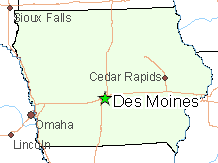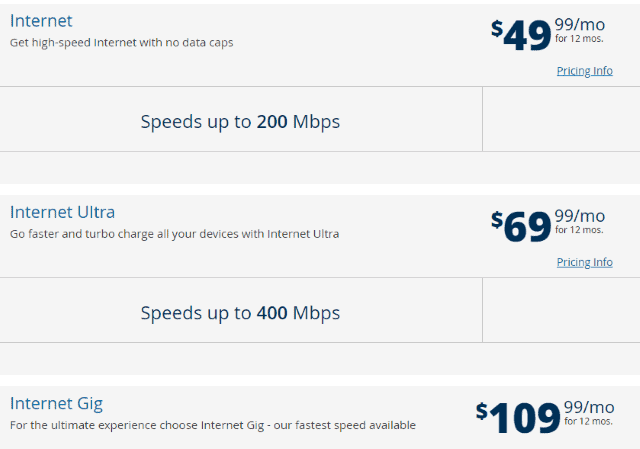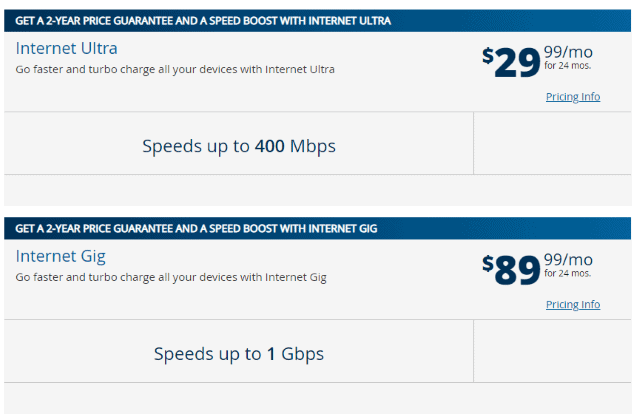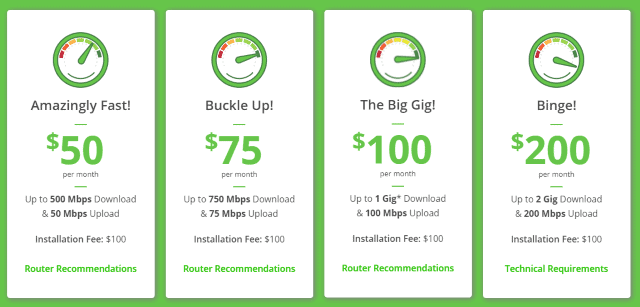Urgent CALL TO ACTION for ALL OHIO RESIDENTS!
The Ohio Senate has inserted an amendment (AM4546-1) into the state budget bill that, if adopted, would ban almost all community and municipal broadband projects in the state.
 We need everyone to make a quick phone call to their state senator to demand the amendment be removed immediately! A full vote on this is expected tomorrow, so you MUST make that phone call today or early tomorrow morning. It will take less than five minutes of your time.
We need everyone to make a quick phone call to their state senator to demand the amendment be removed immediately! A full vote on this is expected tomorrow, so you MUST make that phone call today or early tomorrow morning. It will take less than five minutes of your time.
Here is what you can say:
“Hi, I’m calling to ask Senator _________ to vote no on Amendment AM4546-1 that has been attached to the budget bill. This amendment would seriously harm efforts to get broadband service to rural residents of Ohio and is essentially a project killer amendment. If it is adopted, municipalities that have been contemplating bringing internet access to their communities would find it nearly impossible to do so. This amendment is nothing more than protectionism for big cable and phone companies and I object to it. We need more broadband service in this state, not less. Please ask the senator to reject this amendment.”
Contact information:
If you do not know who represents you, visit the Ohio Senate website and enter your address information and you will be given details.
Because time is short, please CALL your senator at the number below. Just ask the secretary to take a message for the senator and, if you need to know what to say, see the above sample script. Always be polite, professional, and persuasive and thank the secretary for their time.
Ohio State Senators
Antani, Niraj
Senator – 6-R
614-466-4538
Antonio, Nickie J.
Assistant Minority Leader – 23-D
614-466-5123
Blessing III, Louis W.
Senator – 8-R
614-466-8068
Brenner, Andrew O.
Senator – 19-R
614-466-8086
Cirino, Jerry
Senator – 18-R
614-644-7718
Craig, Hearcel
Assistant Minority Whip – 15-D
614-466-5131
Dolan, Matt
Senator – 24-R
614-466-8056
Fedor, Teresa
Senator – 11-D
614-466-5204
Gavarone, Theresa Charters
Senator – 2-R
614-466-8060
Hackett, Robert
Senator – 10-R
614-466-3780
Hoagland, Frank
Senator – 30-R
614-466-6508
Hottinger, Jay
President Pro Tempore – 31-R
614-466-5838
Huffman, Matt
President – 12-R
614-466-7584
Huffman, Stephen
Senator – 5-R
614-466-6247
Johnson, Terry A.
Senator – 14-R
614-466-8082
Kunze, Stephanie
Senator – 16-R
614-466-5981
Lang, George
Senator – 4-R
614-466-8072
Maharath, Tina
Minority Whip – 3-D
614-466-8064
Manning, Nathan
Senator – 13-R
614-644-7613
McColley, Robert
Majority Whip – 1-R
614-466-8150
O’Brien, Sandra
Senator – 32-R
614-466-7182
Peterson, Bob
Senator – 17-R
614-466-8156
Reineke, William
Senator – 26-R
614-466-8049
Roegner, Kristina Daley
Senator – 27-R
614-466-4823
Romanchuk, Mark
Senator – 22-R
614-466-7505
Rulli, Michael
Senator – 33-R
614-466-8285
Schaffer, Tim
Senator – 20-R
614-466-8076
Schuring, Kirk
Majority Floor Leader – 29-R
614-466-0626
Sykes, Vernon
Senator – 28-D
614-466-7041
Thomas, Cecil
Senator – 9-D
614-466-5980
Williams, Sandra
Senator – 21-D
614-466-4857
Wilson, Steve
Senator – 7-R
614-466-9737
Yuko, Kenny
Minority Leader – 25-D
614-466-4583


 Subscribe
Subscribe Frontier Communications told a federal court judge last week that the DSL service it sells across much of its service area in New York State is not remotely “high-speed broadband service” and is not fit for purpose if New York’s Affordable Internet Law takes effect next week and requires Frontier to deliver at least 25/3 Mbps service to state residents.
Frontier Communications told a federal court judge last week that the DSL service it sells across much of its service area in New York State is not remotely “high-speed broadband service” and is not fit for purpose if New York’s Affordable Internet Law takes effect next week and requires Frontier to deliver at least 25/3 Mbps service to state residents.
 Competition is a wonderful thing. A case in point is the enormous difference Charter Spectrum charges new customers in areas where competition exists, and where it does not.
Competition is a wonderful thing. A case in point is the enormous difference Charter Spectrum charges new customers in areas where competition exists, and where it does not.


 AT&T CEO John Stankey is still looking to wring costs out of the business, and the company’s rural landline customers are next to take the cut.
AT&T CEO John Stankey is still looking to wring costs out of the business, and the company’s rural landline customers are next to take the cut.
